Main Content
Wednesday, April 24th, 4:30 pm – 6:00 pm
Rutgers Art Library, Voorhees Hall, 71 Hamilton Street
The Exhibition will be running until August 22, 2024.
By LA News Editor •
Wednesday, April 24th, 4:30 pm – 6:00 pm
Rutgers Art Library, Voorhees Hall, 71 Hamilton Street
The Exhibition will be running until August 22, 2024.
By LA News Editor •
In this lecture, Denise Mattes, the Brooklyn Design Director of NYC Parks Capital Projects, will discuss her journey through the last 30+ years. She will demonstrate on how this profession has so many avenues to explore, underline the importance of volunteering, and ultimately finding the work one can enjoy. She will also talk about her career at NYC Parks, her destination. However: “It’s not the destination, it’s the journey.”
Denise Mattes will receive the RULA Outstanding Alumni Award 2024.
By LA News Editor •
The lecture will use critical spatial discourses to unpack the colonial stories in Landscape Architecture and describe equity-based alternatives. Afrofuturism can be used as a framework to daylight and dismantle colonial narratives based in extractive and oppressive systems with methodologies for life-stewarding practices. It is rooted in ancient wisdom from Africa and around the world and operates at the “intersection of imagination, technology, the future and liberation” to imagine social change (Womack, 2013). As we envision equitable and sustainable futures, it’s important to design Landscape practices based in truth-telling, justice, reciprocity and care.
Divine Ndemeye (she/her) is a landscape designer with ancestral roots from Burundi. She is a landscape designer at space2place. She holds a Masters in Landscape Architecture from UBC School of Architecture and Landscape Architecture (SALA) since 2020, and a background in Political Science and Human Geography from the University of Alberta. She was the recipient of the 2020 Olmsted Scholar Award; the premier leadership recognition program for Landscape Architecture students in the U.S and Canada. Divine is committed to the advancement of social and environmental justice through place-based designs. She is continuously engaging in critical discourses and explorations of decolonized design paradigms which centre marginalized communities. She is the host of the Design unmuted podcast. In her free time, she enjoys long walks at the beach, cocktails and travelling.
She is Founder + Co-Director BIDC • Black + Indigenous Design Collective. Their mission is building capacity and celebrating the advancement of Black and Indigenous voices and ingenuity in the spatial design fields, and public art through place-making. As a social enterprise, their goal is to advocate for the visibility, well-being, and interests of Black and Indigenous peoples through spatial interventions, scholarship, community engagement, and decolonizing public spaces through art & design.
By LA News Editor •
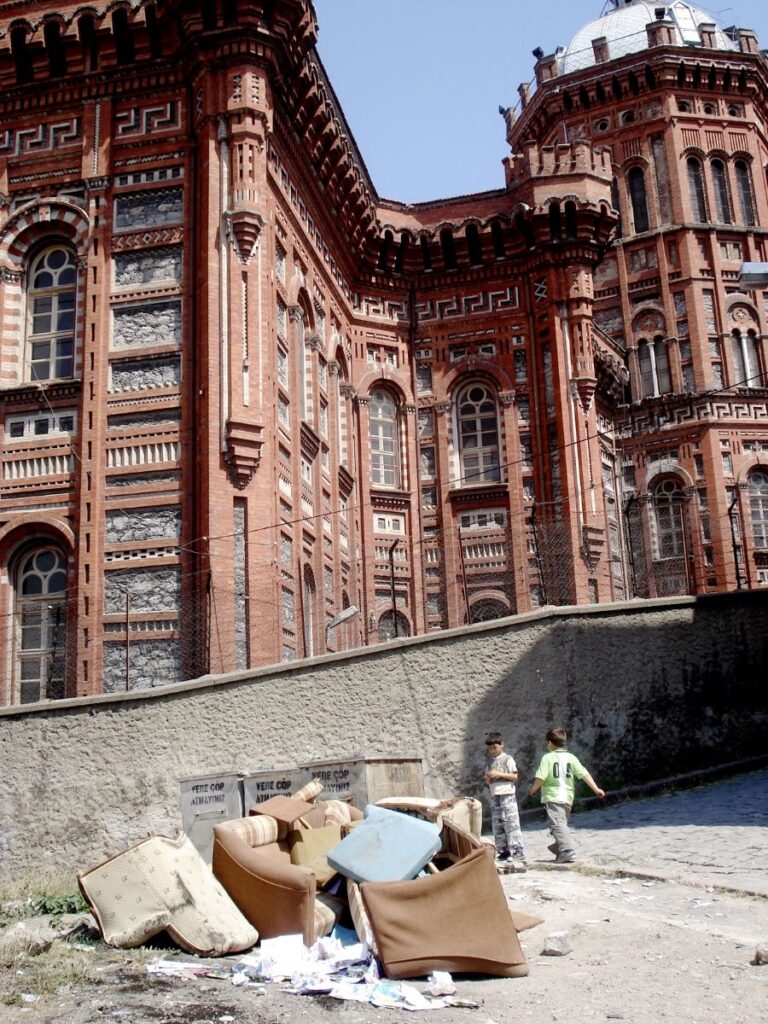
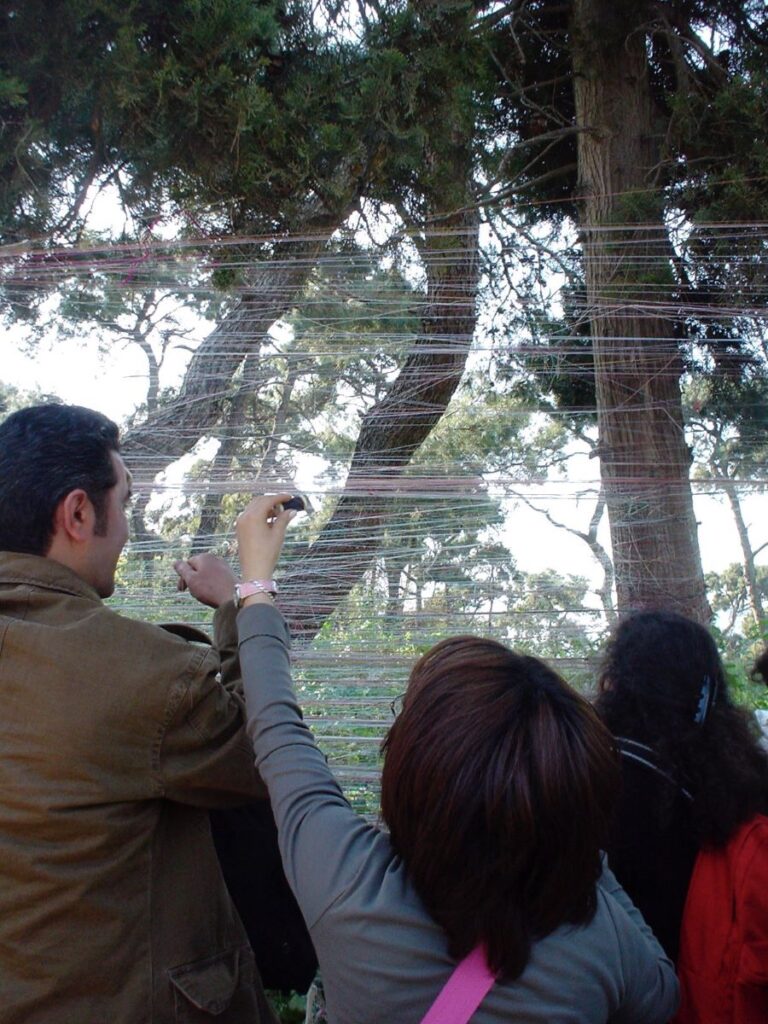
“The Einstellung effect occurs when a person is presented with a problem or situation that is similar to problems they have worked through in the past. If the solution (or appropriate behavior) to the problem/situation has been the same in each past experience, the person will likely provide that same response, without giving the problem too much thought, even though a more appropriate response might be available.” The “expertise” we call on can be a barrier to thinking creatively about design and research problems. It is important to find necessary distance from old patterns and methods for researching and designing.
In this talk Anita Bakshi reflects on what she learned about her perennial intellectual preoccupations – the themes that appear time and time again in different projects – during a research leave last year. With time to read along the edges of different interests, she was able to reexamine these themes: the hidden histories of places, conflict, intergenerational memory, the development of architectural taste, and the relationship of beauty to social life. Using excerpts from video projects, memoire, and academic research she will describe how these have impacted her two current collaborative book projects: Our Land, Our Stories, and Collaborations in Architecture and Sociology.
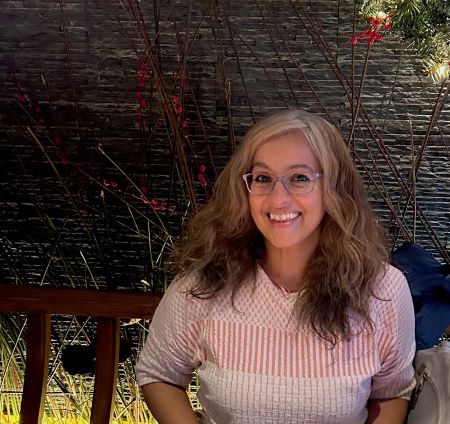
Anita Bakshi teaches in the Department of Landscape Architecture at Rutgers University. Following several years in architectural practice, she received her PhD in the history and theory of architecture from Cambridge University with the Conflict in Cities research program. Her research focuses on contested landscapes and histories, environmental justice, and the relationship between architecture and sociology. She edited the book Our Land, Our Stories: Excavating Subterranean Histories of Ringwood Mines and the Ramapough Lunaape Nation (2022), in partnership with the Ramapough Lunaape Turtle Clan. She is the author of Topographies of Memories: A New Poetics of Commemoration (2017), and co-author of Collaborations in Architecture and Sociology (2024) with Zaire Dinzey-Flores.
By LA News Editor •

Based on the concern and reflection on the topic of “walking”, this lecture will first explain the relationship between walking and critical cognition through three cultural trends in the middle and upper 20th century that are closely related to “walking” and “walking people”. Then, the process of forming critical cognition through the activity of walking is analyzed as “experience-reflection-reconstruction”. Therefore, this lecture will describe and analyze the various academic discussions, social actions and design practices on “walking” in the field of landscape architecture in the past 60 to 70 years from two levels: “walking as a method of landscape cognition” and “walking as a method of landscape design”, identifying how “walking” has helped to develop a critical cognition and inspired design thinking which has been translated into concrete landscapes that are used by people.

BIAN Simin is an assistant professor, master tutor and the director of international cooperative education program at School of Landscape Architecture, Beijing Forestry University. She got her Ph.D. degree from Tsinghua University. Her research interests include practice and theory of Landscape Architecture, public space and strollology, practice and methodology of urban regeneration. BIAN is also a youth member of Territorial Landscape Committee of the Chinese Society of Landscape Architecture as well as contributing editor of Chinese Landscape Architecture and Landscape Architecture.
By LA News Editor •
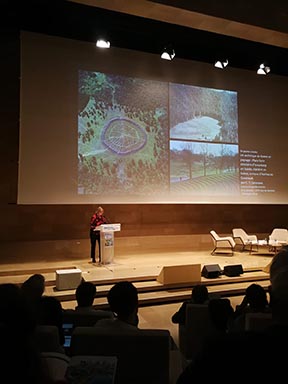
How can a revived love for plants and a deep understanding of form-giving to our environment lead us out of the many crises we are currently facing? At its best, landscape architecture merges ecology and design to create landscapes that work with the site, not against it. In this lecture, Anette Freytag gives an insight into her research and travels during her sabbatical. She investigated how this profession can benefit from a deep understanding of the history of designing with nature and a new care for the plants involved. Anette argues that two concepts – Biophilia and Topology – can help society to better deal with our current environmental crisis and improve well-being for all. She will show recent research and preservation work as well as her community engaged spatial justice projects, where she works with arts integration.
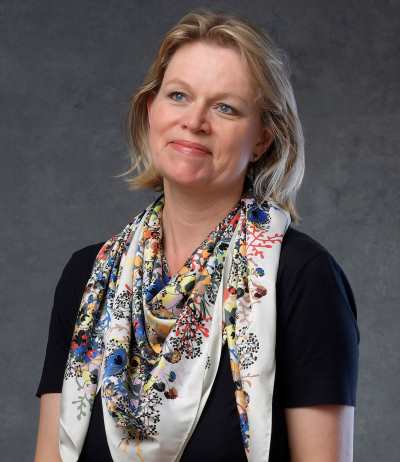
Anette Freytag is a Professor of the History and Theory of Landscape Architecture at Rutgers University. Her research focuses on designed landscapes from the 19th century to the contemporary practice with a particular focus on topology, phenomenology, and walking. Anette Freytag’s research has been supported by the Rutgers Research Council, the Volkswagen Foundation, the Lucius and Annemarie Burckhardt Foundation, the Christoph Merian Foundation and various other associations and private donors.
Her books have been honored with the J. B. Jackson Book Prize, the European Garden Book Award, the DAM Architectural Book Award, and many more. Before joining Rutgers University, Anette has taught at ETH Zurich, the University of Basel, the University of Innsbruck, and KU Leuven. She was a visiting scholar at the Central Institute for Art History in Munich, the Harvard University Graduate School of Design, and the Arnold Arboretum of Harvard University. In 2019, she co-founded the Arts Integration Research Collaborative (AIR), which prioritizes creative placemaking to foster spatial justice through projects that seek safe access to nature for all.
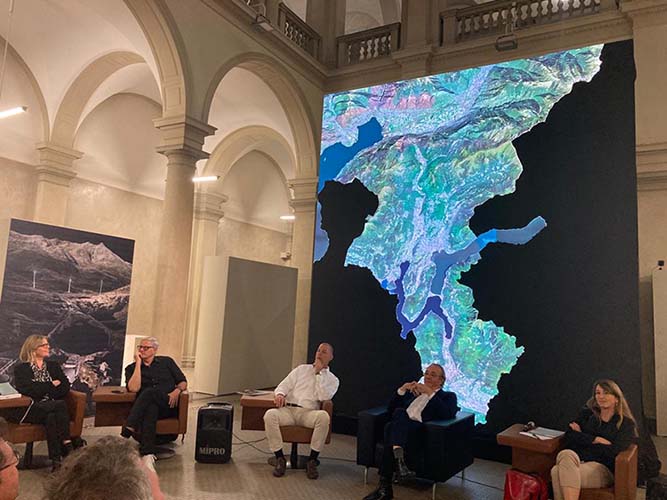
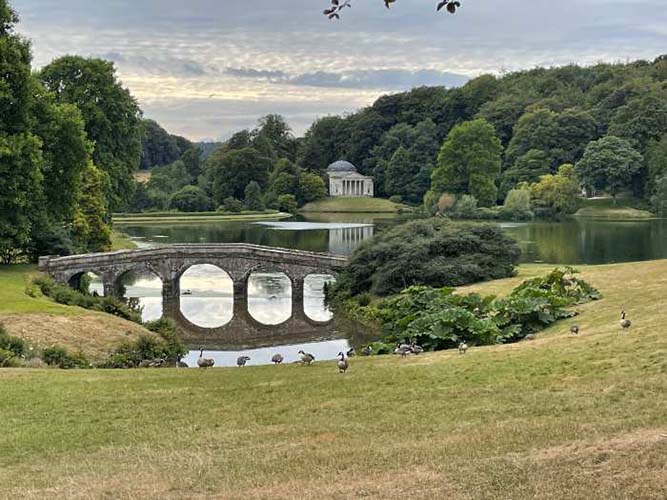
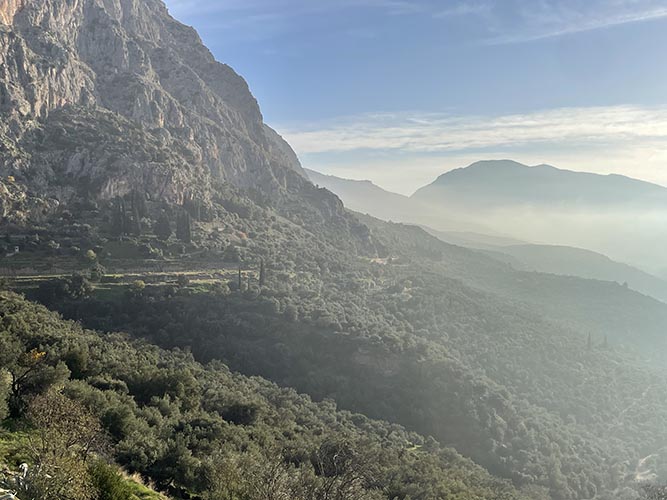
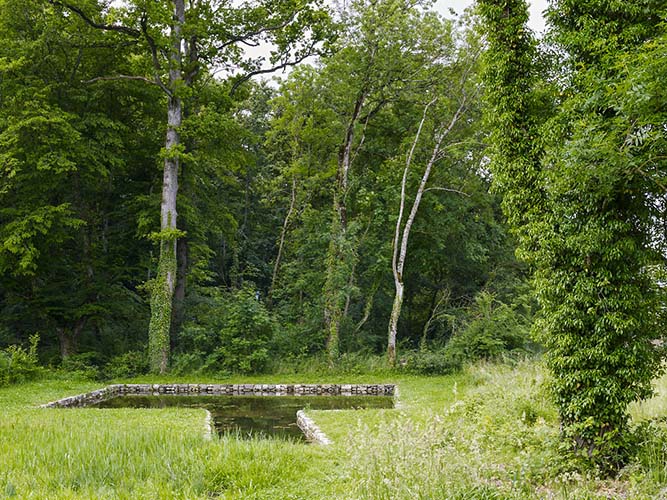
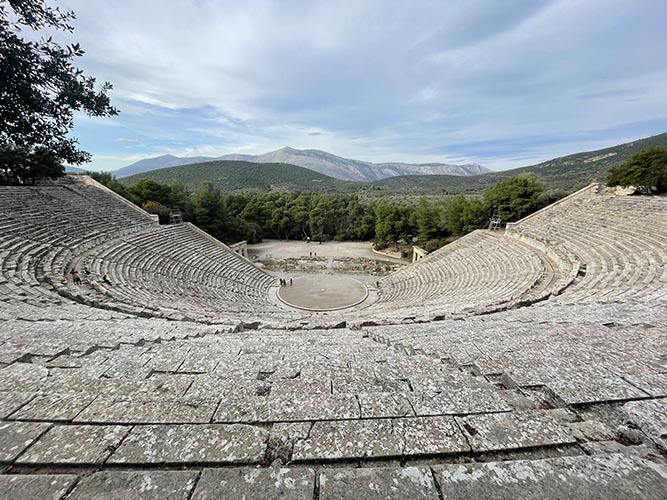
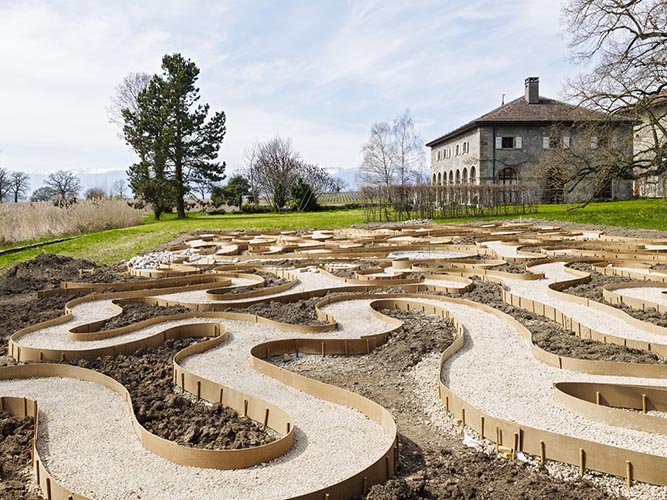
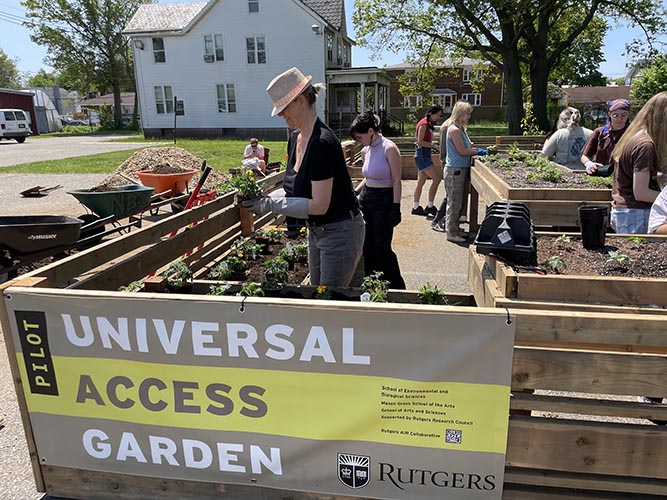
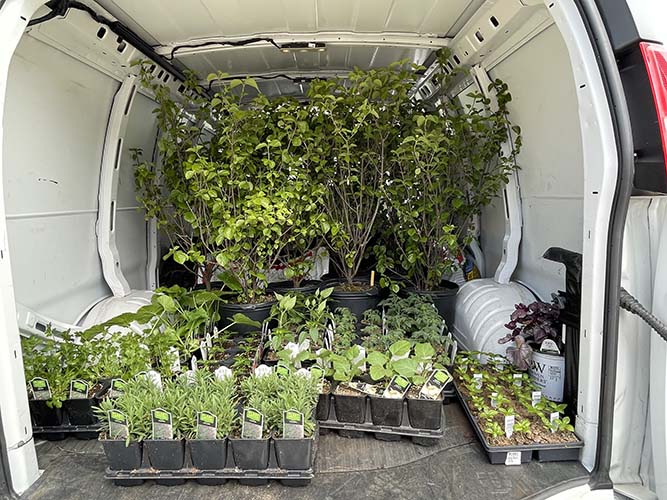
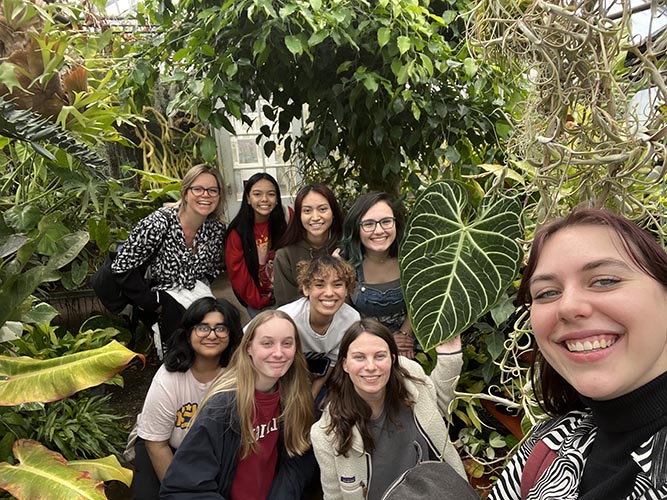
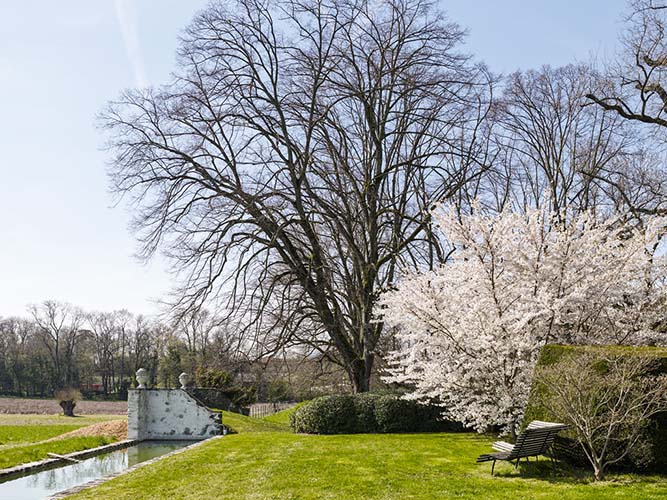

By LA News Editor •
Date of lecture: February 28, 2024
As our urban areas get denser, how can we make transformative changes that recapture degraded or abandoned industrial land, convert roadways to pedestrian spaces, embed social and environmental justice into communities, prepare for future impacts of climate change, and make our environment more beautiful? By becoming a landscape architect!Examples of these transformations will be highlighted and inspire the next generation of our optimistic profession.



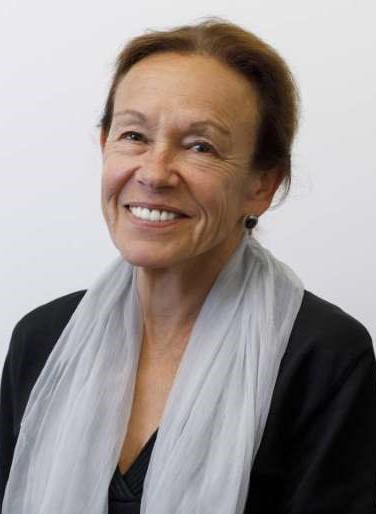
Signe Nielsen has been practicing as a landscape architect and urban designer in New York since 1978. Her body of work has renewed the environmental integrity and transformed the quality of spaces for those who live, work and play in the urban realm. Ms. Nielsen believes in using design as a vehicle for advocacy to promote discourse on social equity and community resilience and has served on multiple panels to effect positive change. A Fellow of the ASLA, she is the recipient of over 100 national and local design awards for public open space projects and is a Professor of Urban Design and Landscape Architecture at Pratt Institute. Born in Paris, Ms. Nielsen holds degrees in Urban Planning from Smith College; in Landscape Architecture from City College of New York; and in Construction Management from Pratt Institute.
By LA News Editor •
Margaret O. Cekada Memorial Lecture
When: 3/27 at 6:00 PM
Where: Kathleen Ludwig Global Village Center, 9 Suydam Street
Parking: Please register your vehicle.
For The Margaret O. Cekada Memorial Lecture 2024, the Department of Landscape Architecture partners with the Institute for the Study of Global Racial Justice and the Douglass Residential College to bring the renown poet Denice Frohman to the Cook/Douglass Campus. Denice Frohman will perform “Poetry of Resistance.” Her poetry explores language, lineage, queerness, and the colonial relationship between the United States and Puerto Rico. In her first multimedia installation called “Our Terms Have Changed,” Frohman explored food and land sovereignty in Puerto Rico as part of a new exhibition called Climate Futurism, which premiered Fall 2023 at Pioneer Works in Brooklyn, NY. The work was inspired by her own maternal family’s history as coffee farmers in Adjuntas, Puerto Rico on land that was eventually sold and turned into a luxury Airbnb rental.

Denice Frohman is a poet and performer from New York City.
A Pew Fellow and Baldwin-Emerson Fellow, she’s received support from CantoMundo, Headlands Center for the Arts, the National Association of Latino Arts and Cultures, and the National Endowment for the Arts.
Her work has appeared in The New York Times, The BreakBeat Poets: LatiNext, Nepantla: An Anthology for Queer Poets of Color, The Rumpus, and elsewhere. A former Women of the World Poetry Slam Champion, she’s featured on hundreds of stages from The Apollo to The White House. Recently, she debuted her one-woman show, Esto No Tiene Nombre, centering the oral histories of Latina lesbian elders. She lives in Philadelphia.


By LA News Editor •
By LA News Editor •